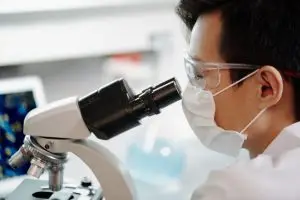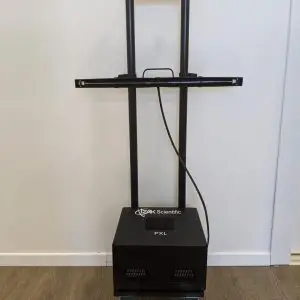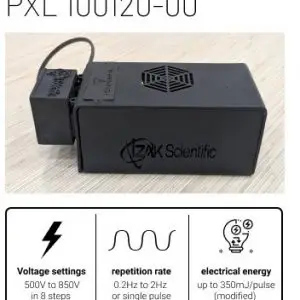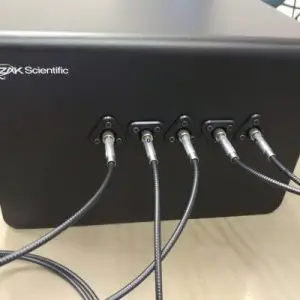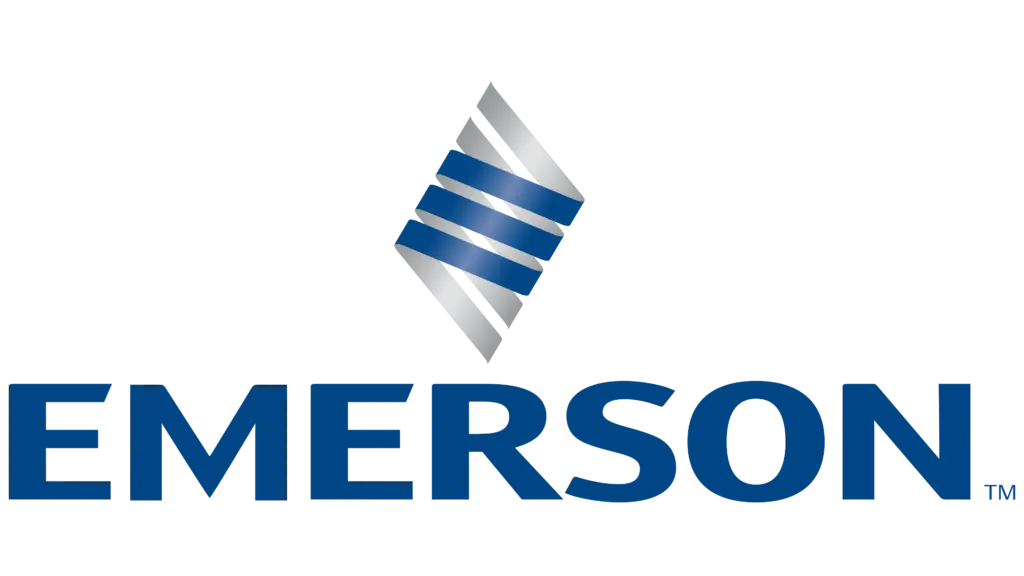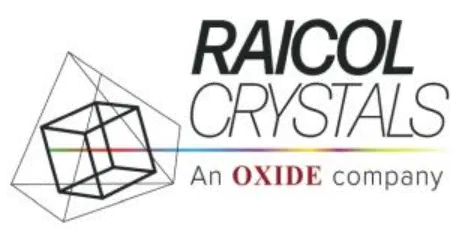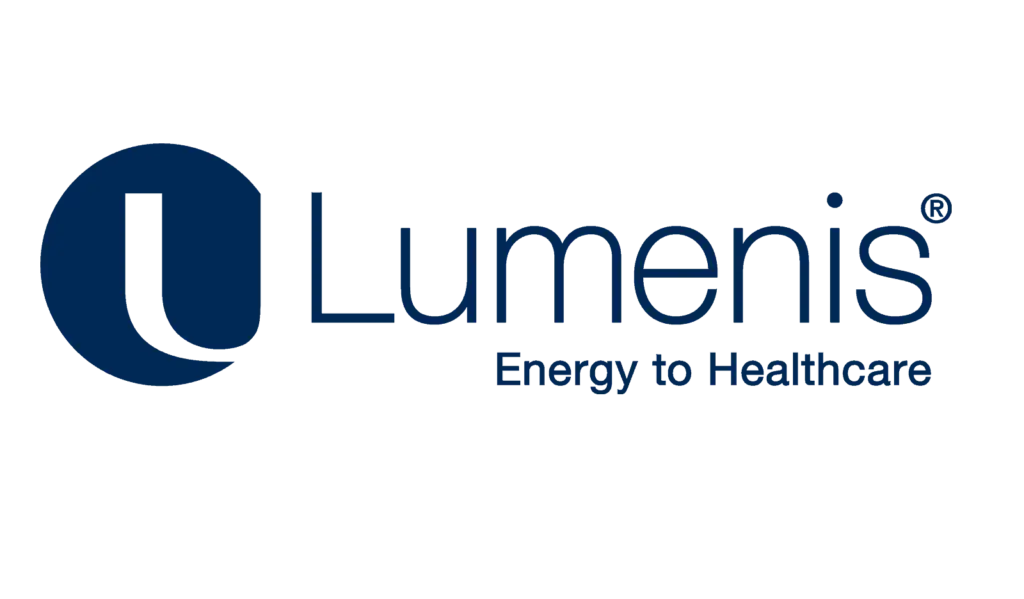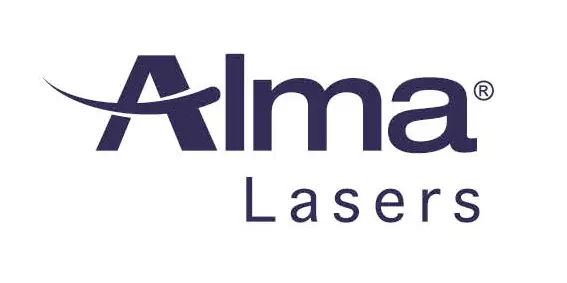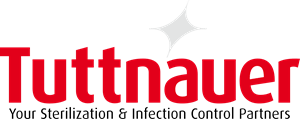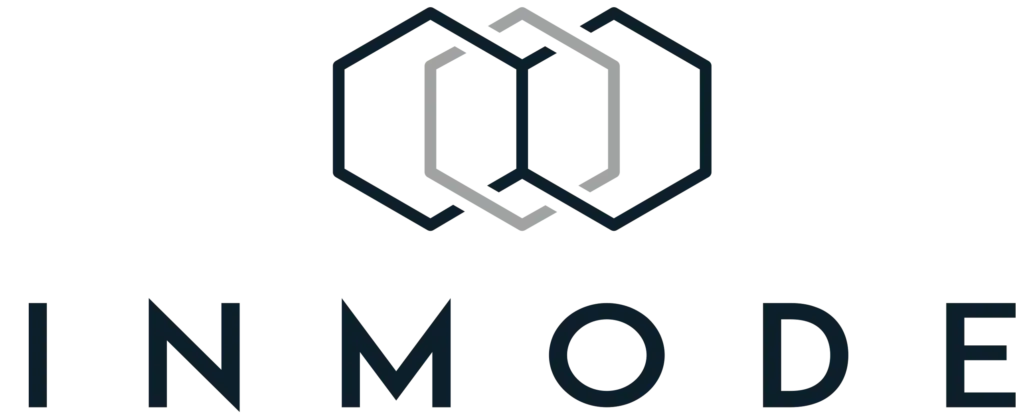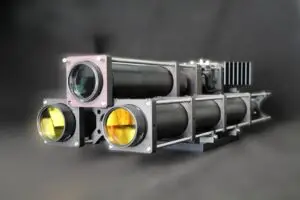Contaminated surfaces are ubiquitous! Any public place can have shared surfaces that are touched and infected. While living rooms, shops, and similar places have shared surfaces that are contaminated, hospitals and patient rooms have high-touch surfaces that are profoundly infected with Nosocomial or healthcare-associated infections (HAIs). Disinfecting these dangerous and virulent HAIs is challenging and turned out to be a global threat today.
The centers for Disease Control & Prevention in the U.S. has published a report stating that HAIs and other infectious organisms affect nearly 7% of the patients in hospitals every year.
Significance of Disinfection System for HAI Microorganisms
When the healthcare sector is concerned, there lies a degree of risk associated with every protocol or guideline. So does the surface disinfection methods.
- High-level disinfection: Equipment like endoscopes and respirators used for semi-critical patients.
- Intermediate or low-level disinfection: Stethoscopes, and other commonly touched surfaces like washers, and flushers.
For example, in clinics and hospitals, the most commonly used equipment includes stethoscopes, COWs (carts on wheels), blood pressure devices, weighing machines, etc. This line of equipment has a higher probability of transmitting HAIs and spores from infected patients to other hospital surfaces or other patients when reused without proper sanitization.
It lies with the hospitals to modify the existing disinfection methods and impart an advanced and highly effective protocol to sanitize every surface. In addition to usual disinfectants, other powerful disinfection methods like UVC inculcate the eradication of those microbes (Clostridium, C. difficile) that are resistant to the usual chemical disinfectants.
Though, since the 1930s, hospitals have been using UV light to purify air and water, it is very recent that UVC has been deployed to disinfect the surfaces, equipment, patient rooms, operating rooms, devices, and sometimes even bathrooms.
Proven Ultraviolet C Disinfection Methods and Models
A study published in the International Journal of Environmental Research and Public Health on evaluating the UVC light-emitting device for disinfecting surfaces (high-touch) in hospital unveiled that pulsed-UV technology has more potential in reducing the bacterial logs than any manual disinfection methods. UVC, along with SOP, showed a significant reduction in infectious microbes on high-touch surfaces.
Another study that evaluated the amount of UVC light required to decontaminating a hospital room shows that the effectiveness depends on various factors, including the type of surfaces, reflective capability, and objects in the room.
Correspondingly, we can see many other research studies dealing with UV-reflective paint (Jelden et al.), light intensity (By Barry Hunt), and correlation in the distance between the UVC light source and the surface of any objects.
Disinfecting HAI using PXL UVC Sanitizer
With the growing concerns associated with HAIs and increasing resistance in microbes, we are bound to upgrade the way we disinfect the hospital setting. Using liquid (chemical) disinfectant alone is no more our lifesaver. Having seen proven UVC disinfection methods, hospitals have to encourage themselves upon utilizing the PXL UVC sanitizer to disinfect HAIs especially.
Manual UVC disinfection lamp or tool, or retro-fitted PXL UVC system shall be used daily to disinfect every room every day. The number of times the rooms and high-touch surfaces exposed to UVC can be increased to ensure 100% infection prevention.
Contact us today to speak to our experts!
Tzachi Sabati
CEO, IZAK Scientific
Physicist specializing in photonics and quantum technologies, with deep expertise in quantum sensors and advanced optical systems. Leads the Advanced Quantum Lab course at the Technion, bridging academic excellence with industry innovation. At IZAK Scientific, provides cutting-edge photonics-based solutions, developing customized inspection and sensing systems for R&D and production. Passionate about advancing quantum sensing applications and integrating novel technologies to meet industry needs.

